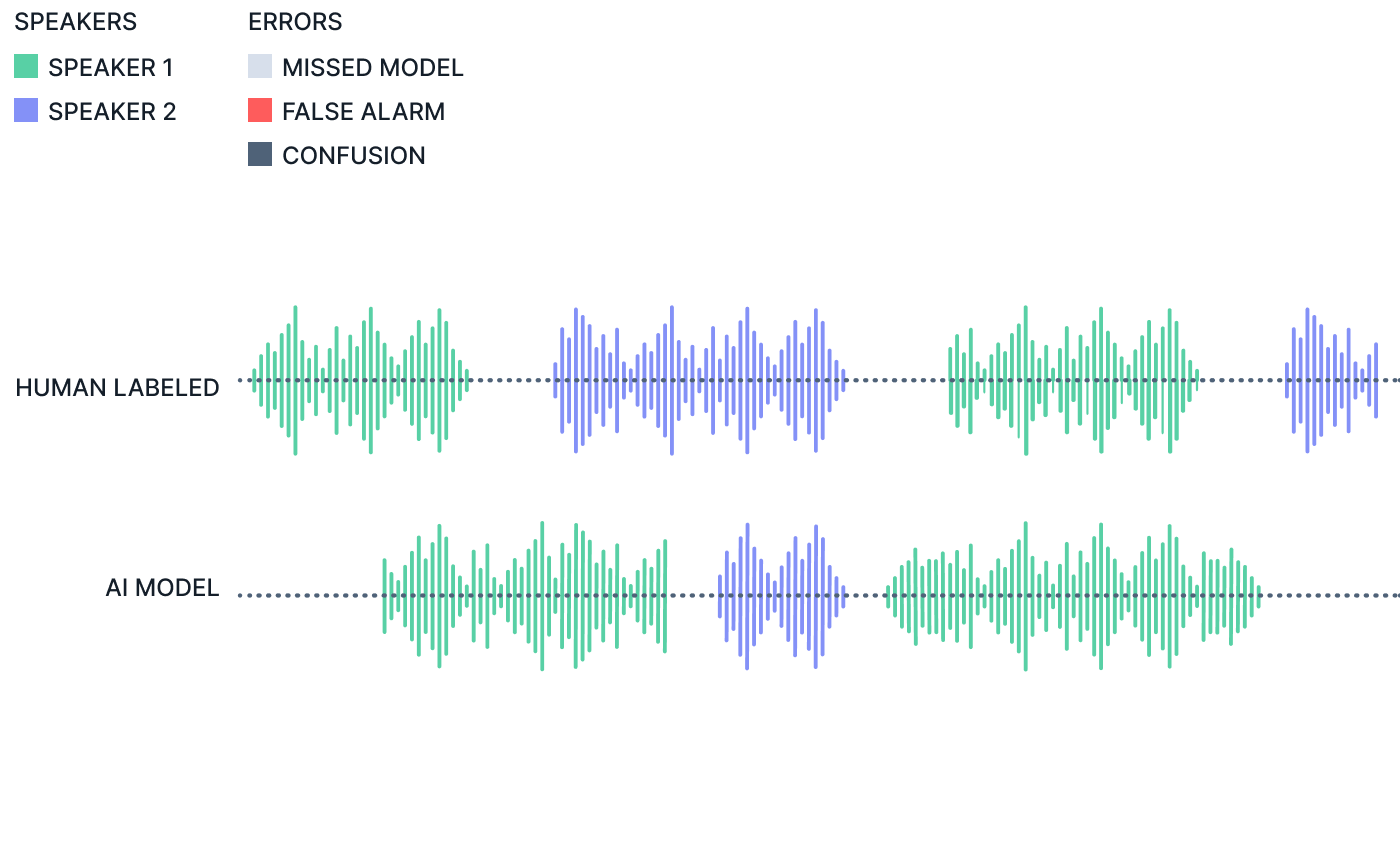What is our Audio Data Services?
Audio Data Services at AI Data Lens Ltd. provide one-stop audio-based solutions that power up AI with high-quality datasets. Our services include data collection, transcription, and annotation in uses such as speech recognition, voice biometrics, and audio event detection. We provide solutions for clients across the world with multi-lingual and multi-acoustic needs and ensure your AI models are geared up to take on multiple languages, dialects, and environmental conditions. Your one-stop solution empowers businesses to deploy efficient, accurate, and scalable voice-driven applications across industries: from healthcare and customer service to entertainment
Audio Data Collection:
Our Audio Data Collection service provides diverse and dense audio datasets that help to train AI models. With this service, one can ensure that diversity representation includes high-quality audio samples of multiple languages, dialects, and even environments. This service enhances the performance of the speech recognition system and other audio-driven AI models.
Audio Transcription:
A Transcription of Audio: Audio transcription is the process of accurately converting recorded audio to text. We offer various transcription services in multiple languages in such a manner so as to train speech-to-text systems and voice assistants, among other users. Our transcription service maintains a high level of precision necessary to correctly create usable text data from raw audio, thus enabling appropriate processing and accessibility.

Audio Annotation:
A Transcription of Audio: Audio transcription is the process of accurately converting recorded audio to text. We offer various transcription services in multiple languages in such a manner so as to train speech-to-text systems and voice assistants, among other users. Our transcription service maintains a high level of precision necessary to correctly create usable text data from raw audio, thus enabling appropriate processing and accessibility.
Speech Recognition Data:
Our Speech Recognition Data service ensures that AI models will be able to transcribe human speech and process it with complete accuracy. We provide high-quality datasets which enable the systems to learn multiple languages, various accents, and contexts so that performance will remain solid across different applications, from Virtual Assistants to Customer Support Bots.
Language And Dialect Identification:
Language and Dialect Identification allow AI systems to understand precisely in which language or dialect a person is speaking. This service plays an important role in various global applications because the exact identification of spoken languages increases the contextual understanding and functionality of language-based AI systems.
Speaker Diarization:
Speaker Diarization is a process of segregation and identification of multiple speakers within a given audio. This service will prove important in tasks where transcription of any kind of meeting or media is concerned, as it offers separation of contributions by different speakers to make sure intent and clarity are not lost in audio data processing.

Acoustic Event Detection:
Acoustic Event Detection enables AI models to detect and classify sounds occurring in an audio stream. The service covers a range of use cases, from alarm events to footsteps, across various applications such as security, smart homes, and urban sound analysis, to derive actionable insights based on events from real-time or recorded audio.
Voice Biometrics Data Collection:
Voice Biometrics Data Collection supports the AI systems that use Voiceprints to authenticate a person by their voice through various security features. Our datasets consist of diversified voice samples to train models in industries such as banking and healthcare, where voice recognition needs to be highly secure and needs to handle varied speech patterns.
Noise Reduction & Audio Enhancement:
Noise Reduction & Audio Enhancement services will ensure that the audio recordings are clear and free from any background disturbances. This would be instrumental in enhancing the quality of audio data from voice-driven applications and in making the recordings more suitable for analysis or transcription, or applying to customer support systems.
Phonetic Transcription:
Phonetic Transcription: This is a process whereby speech is transcribed into phonetic symbols to capture such variations in pronunciation. Indeed, such a service is important for language learning models, lingual research, and AI systems that focus on speech therapy, thus allowing for accurate phonetic analysis and more detailed training datasets.
Audio Classification:
Audio classification is the process of categorizing audio by type into speech, music, environmental sounds, or other categories. It becomes highly crucial when it comes to applications in multimodalities, where an AI system has to listen to different audio contents with speed and accuracy.
Audio Segmentation:
Segmentation splits the long-recorded pieces into capable and meaningful chunks. This helps AI models process data more efficiently. In tasks related to speech recognition, dividing content into smaller and analyzable segments improves overall accuracy and increases the speed of processing.

